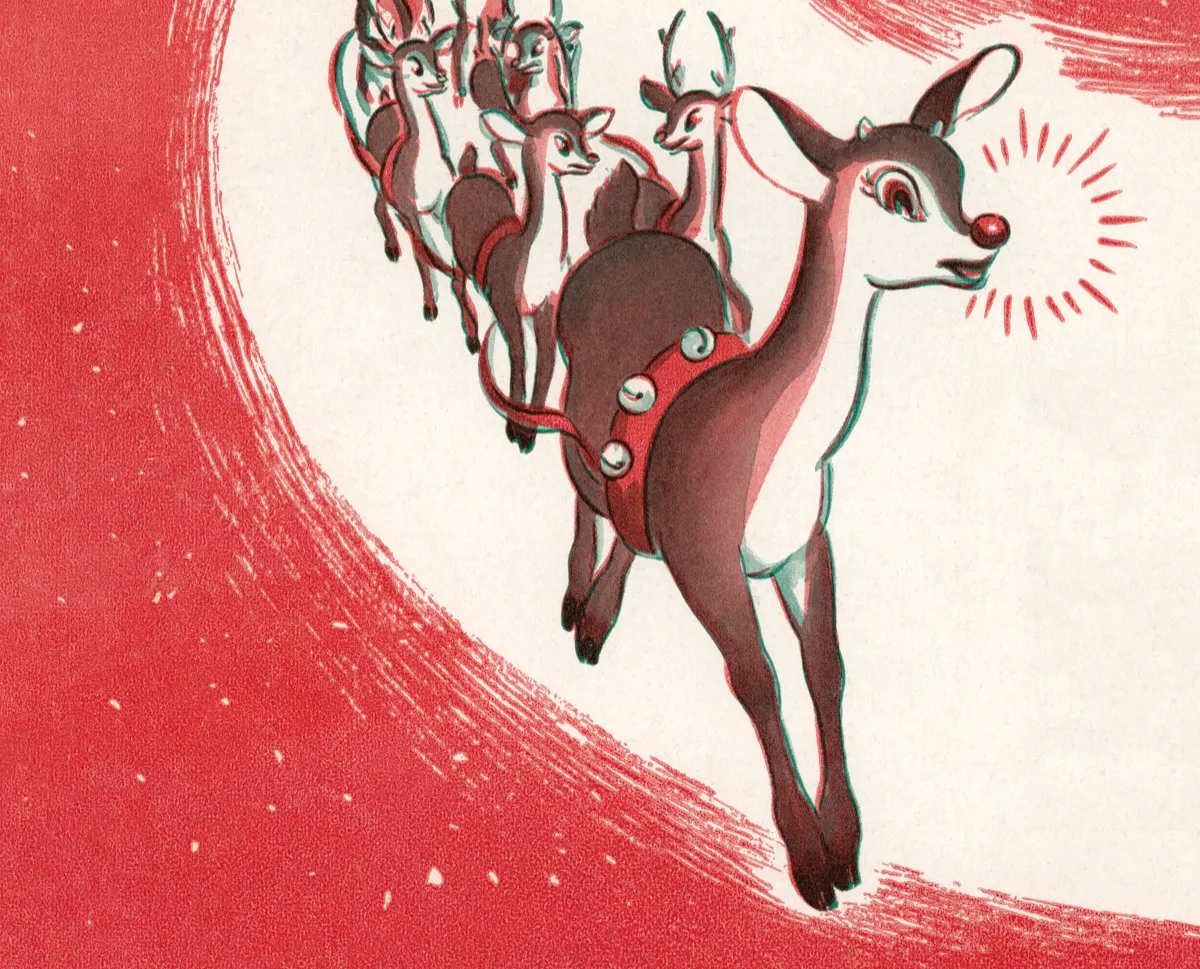A popular image of reindeer is of Santa Claus's sleigh being pulled through the snow by reindeer. However, there is a lot more to know about these interesting animals.
Our guide to British reindeer looks at where you can still see reindeer in the UK, plus interesting facts about the species and how they became associated with Christmas.
When did reindeer become extinct in Britain?
Until the 13th century, wild herds of reindeer could be found roaming freely in Scotland until the species was hunted to extinction. Reindeer became extinct in the UK about 800 years ago because of hunting, the Vikings are thought to have hunted them – but also due to climate change. That's a couple of hundred years after the last brown bear perished – but long before the last wolf, which is thought to have been killed in 1860.
When were reindeer first introduced to the UK?
A small herd of reindeer were reintroduced to the Cairngorms in Scotland in 1952, with around 150 reindeer now found roaming the mountains. The reindeer were reintroduced by a Swede called Mikel Utsi who wanted to show that these velvet-antlered beasts could successfully live and breed in Scottish surroundings. The herd has grown in numbers over the years and is currently held at between 130 and 150 strong through controlled breeding. They are a most unexpected sight and it’s a fantastic opportunity to encounter these animals living freely.
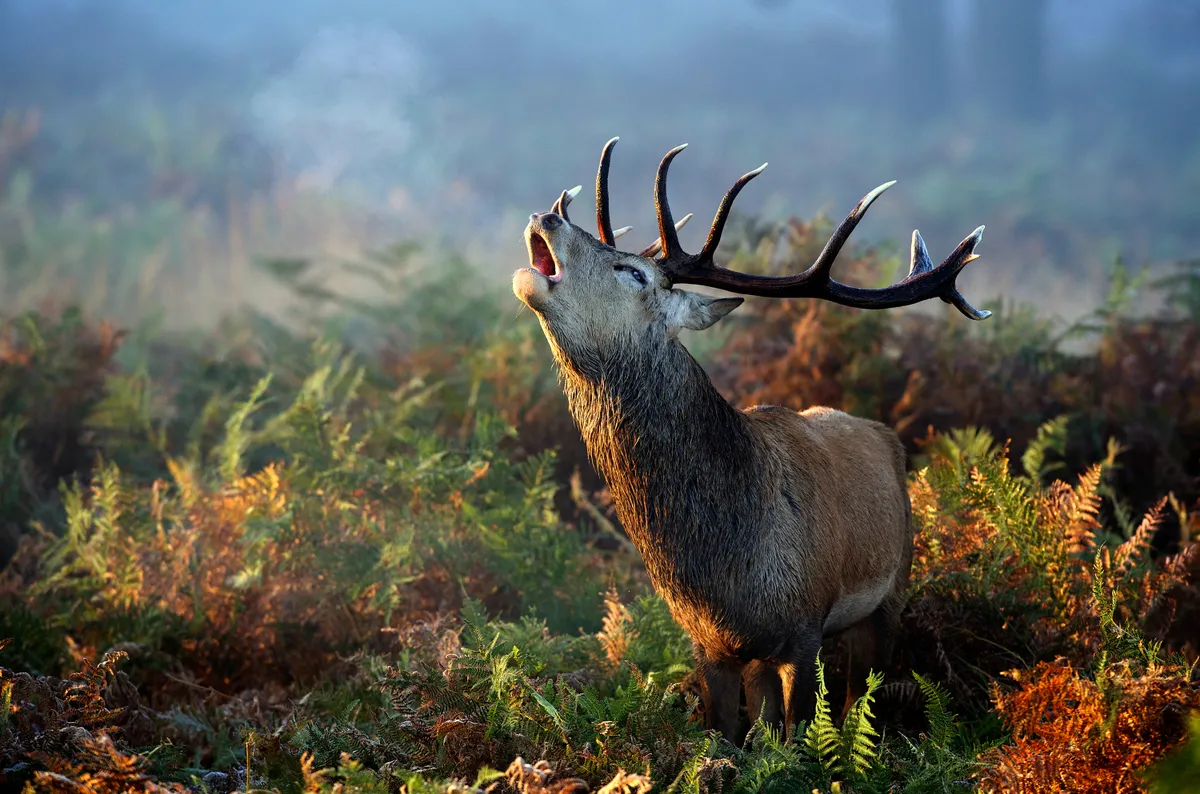
Where can you see reindeer in the UK?
Cairngorms Reindeer Centre, Scotland
One of the UK's most famous reindeer herds lives in the Cairngorm Mountains in Scotland. The Cairngorm mountains offer the only sub-Arctic environment in Britain, and in the winter, this high granite plateau endures weeks of whiteouts and blizzards. Luckily, the hardy Cairngorms reindeer are able to thrive in this harsh climate. cairngormreindeer.co.uk
The Cotswold Reindeer Herd, Cotswolds
Surprisingly, a large reindeer herds can be also be found in the Cotswolds. With 21 reindeer, the Cotswold Reindeer Herd opened its gates to visitors in November 2017 for the Christmas season. Booking required. www.cotswoldreindeerherd.co.uk
When were reindeer first associated with Christmas?
Reindeer were first associated with Santa Claus in a poem published by New York printer William Gilley in 1821: Old Santeclaus with much delight / His reindeer drives this frosty night. / O'er chimneytops, and tracks of snow, / To bring his yearly gifts to you. Two years later, Clement Clarke Moore’s better known poem, “T’was the Night Before Christmas”, featuring eight flying reindeer.
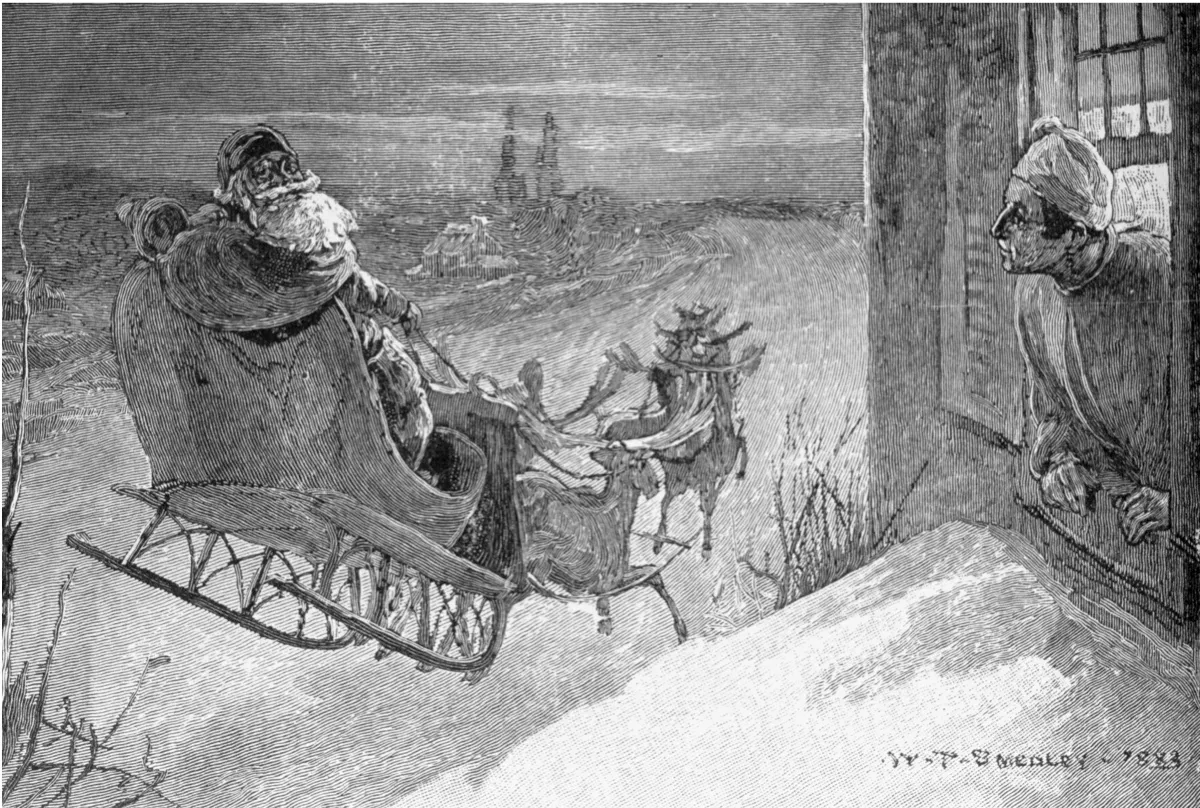
How do reindeer stay warm?
Reindeer hairs are hollow – which makes their fur an excellent insulator. A reindeer's dense fur has around 1,300 hairs per square inch.
The inside of a reindeer nose is an efficient heat exchanger, warming the cold air on its way in against the hot air being breathed out. They have a similar system with the blood in their legs.
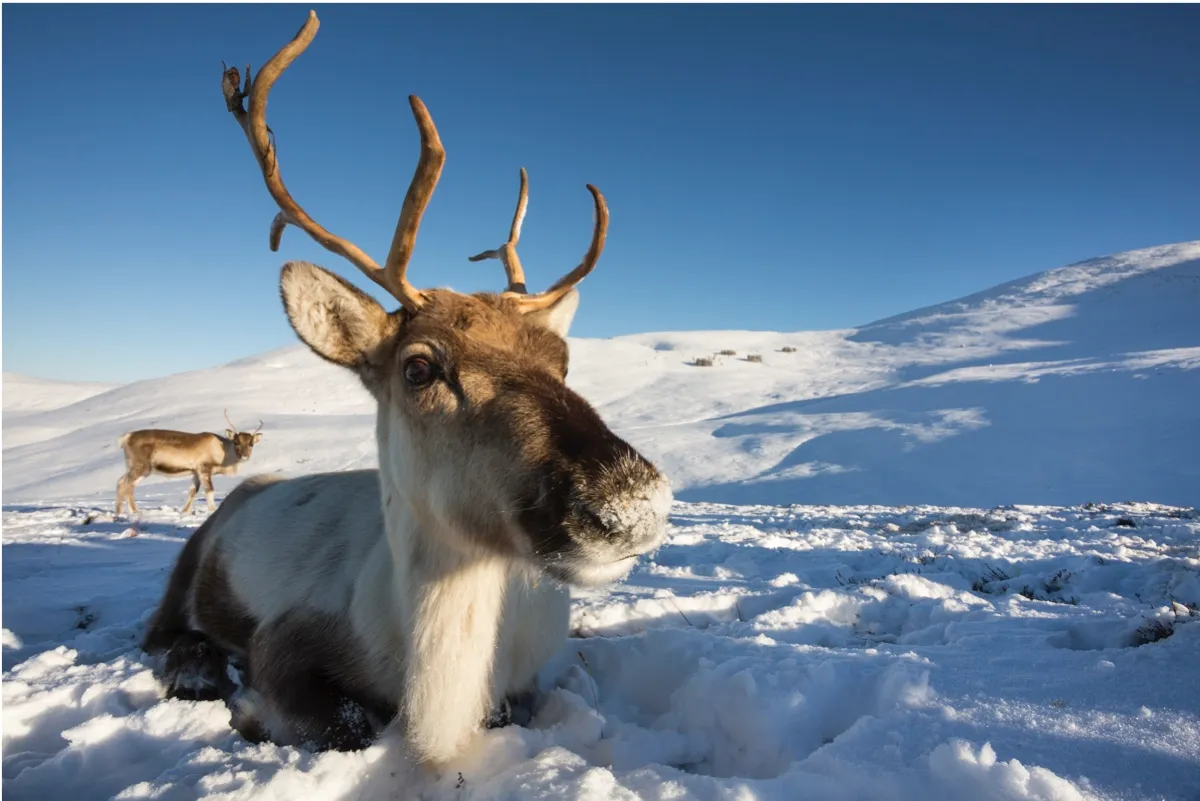
How do reindeer walk on snow?
Reindeer have large hooves that act like snowshoes and stop them sinking.
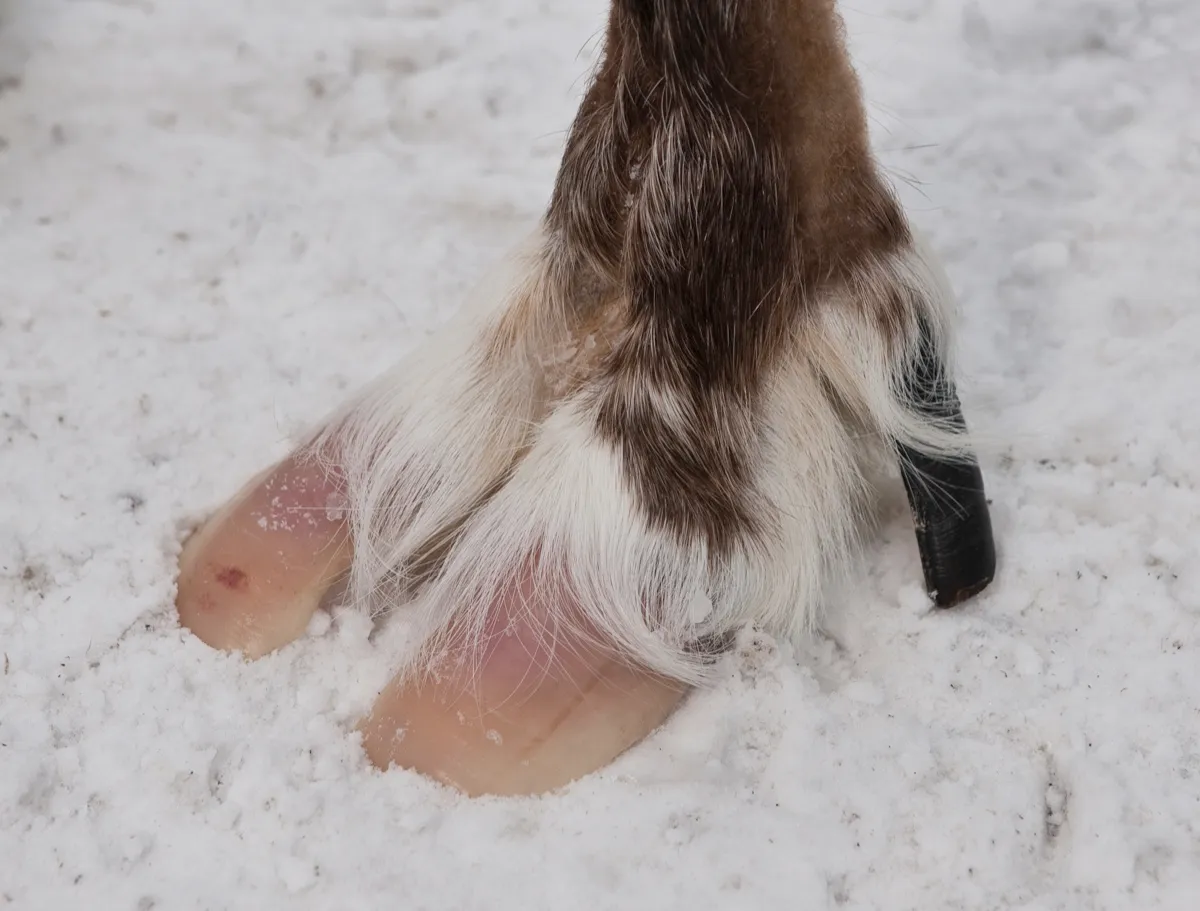
How do reindeer locate each other?
The tendons in reindeer feet click. This ‘clicking’ sound also allows them to locate each other in whiteout blizzard conditions.
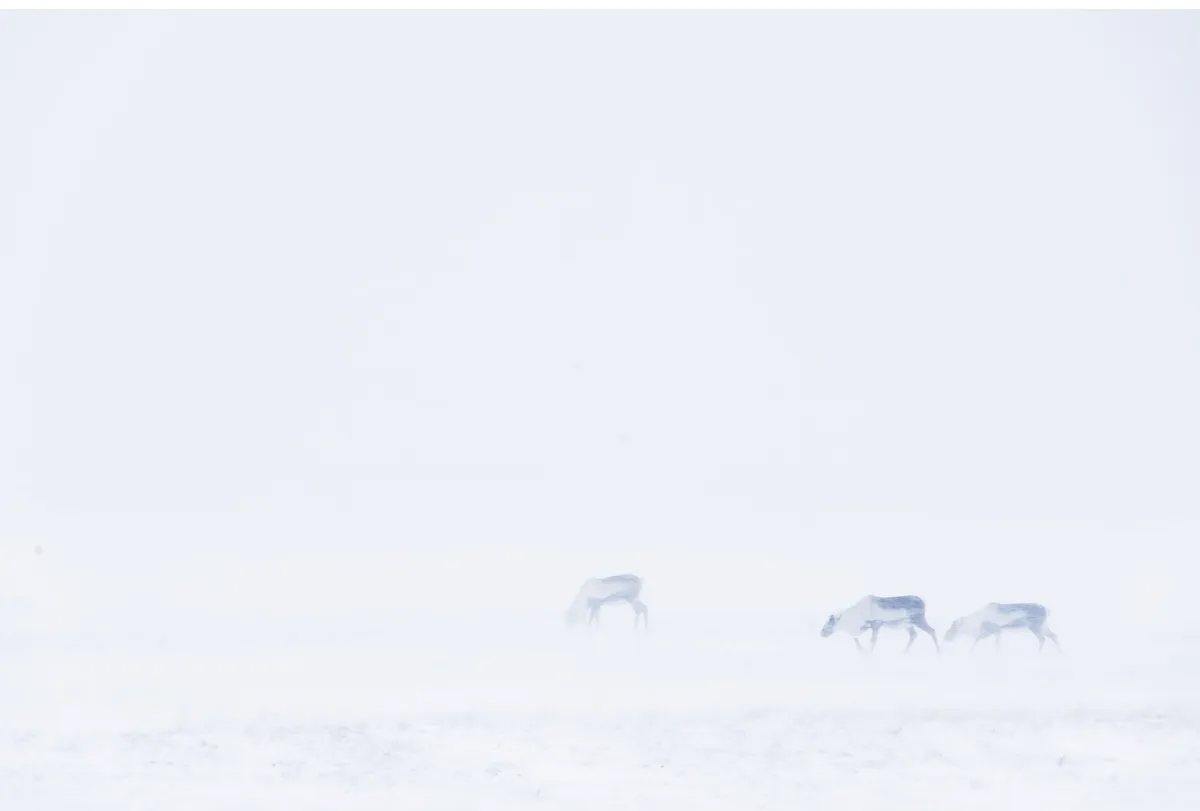
Where does the story of flying reindeer originate from?
Flying reindeer had long been the subject of shamanic tales amongst nomadic tribes in places like Mongolia and the Altai Mountains. Three-thousand year old standing stones placed above ancient burial grounds have carvings that depict reindeer in flight.
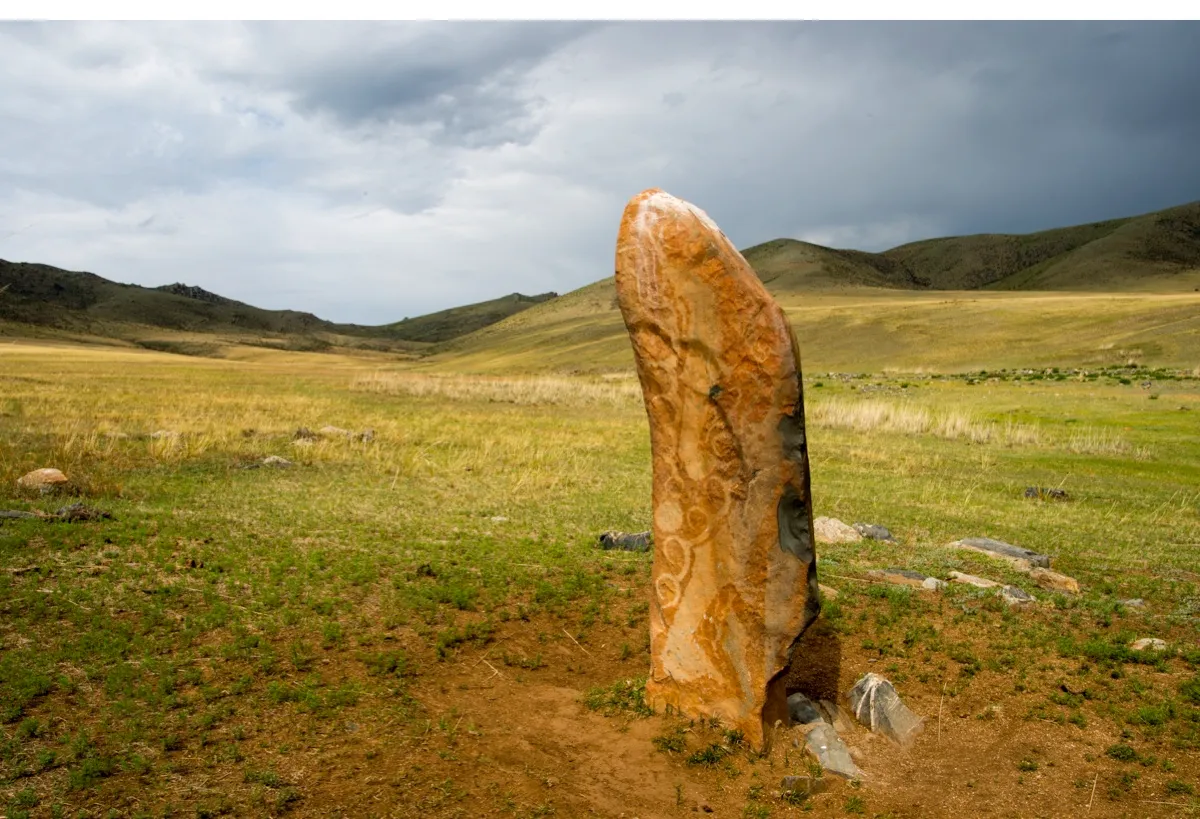
What do reindeer eat?
Reindeer can feed in harsh conditions, surviving in winter by pulling up lichens from underneath the snow, such as reindeer moss, Cladona rangiferina.
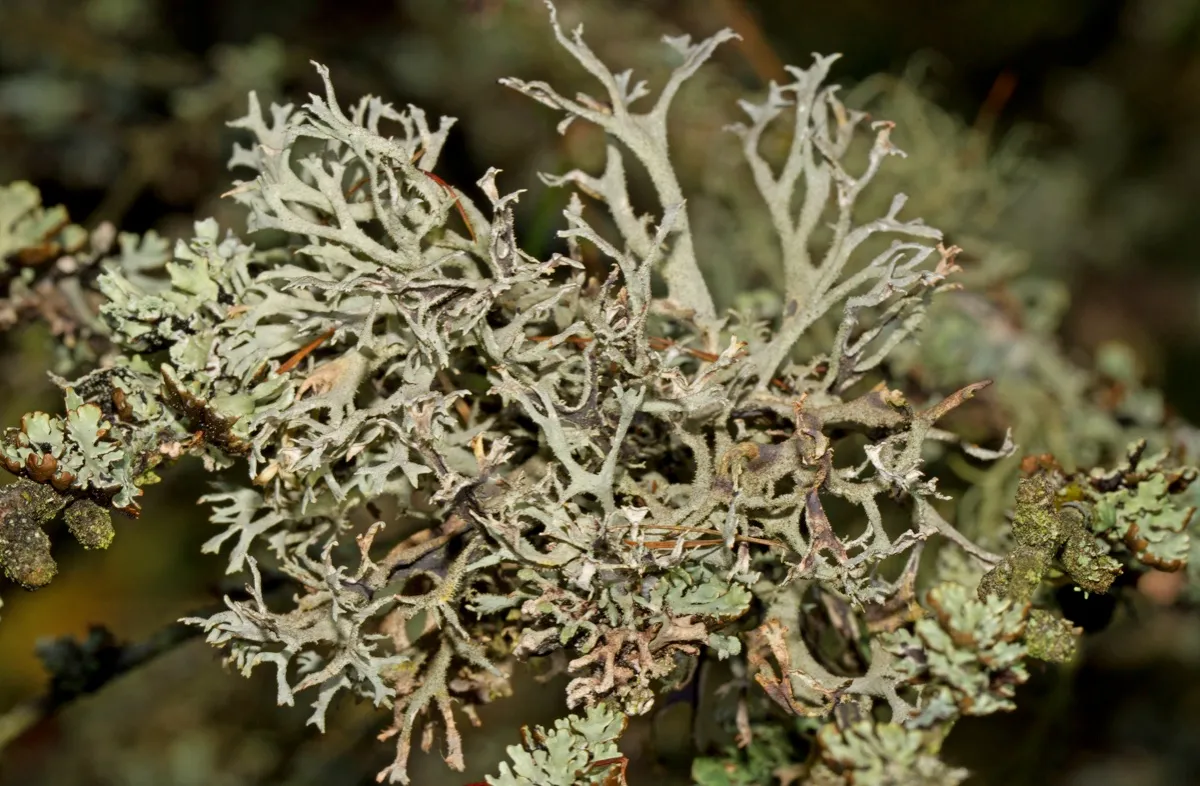
Do female reindeer grow antlers?
Reindeer cows are the only female deer to grow antlers, which they use to defend food in patches of cleared snow.
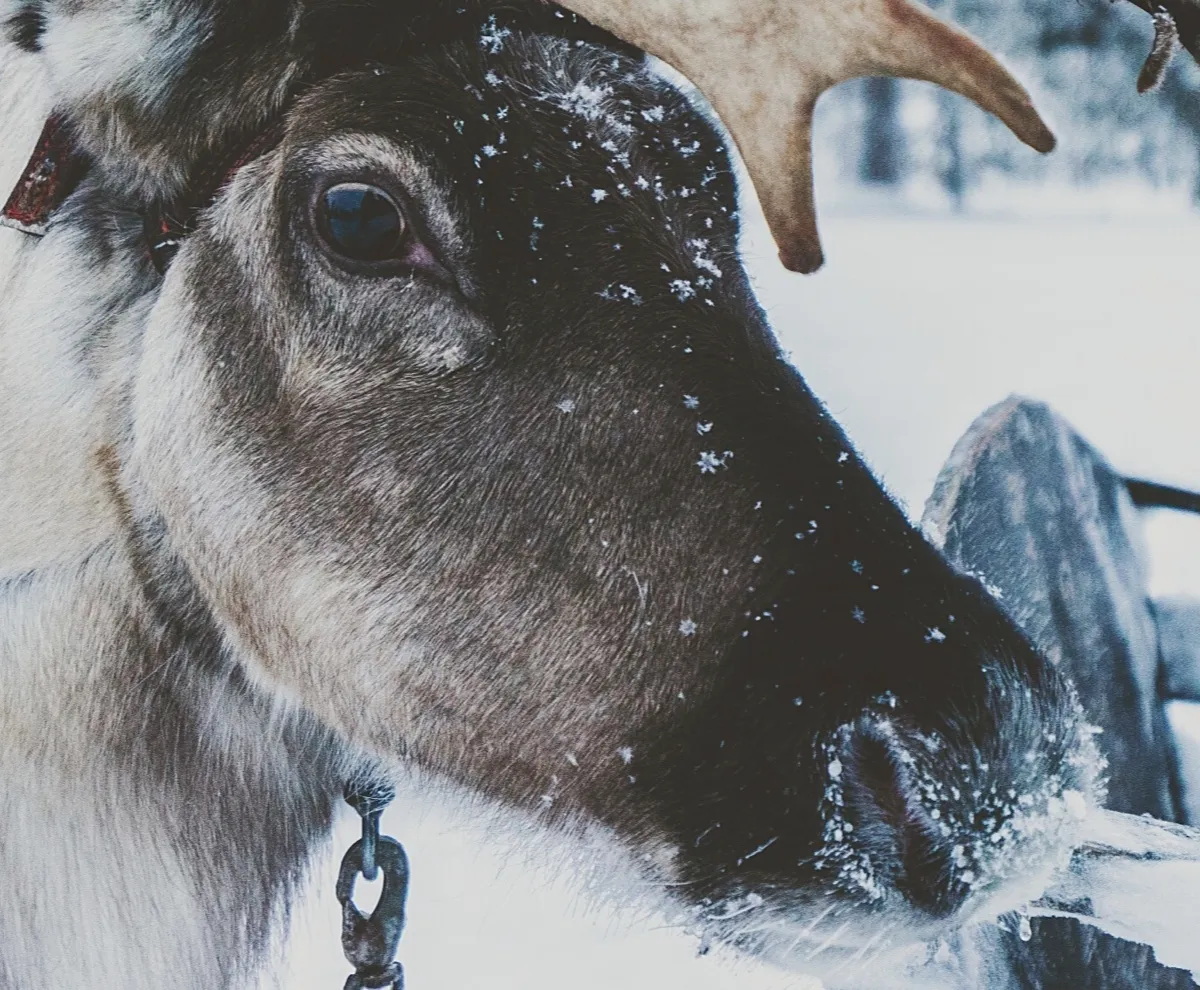
Rudolf the Red-Nosed Reindeer - how reindeer became associated with Christmas
An advertising copyrighter named the most famous reindeer of all. In 1939, Robert L May wrote the words to Rudolf the Red-Nosed Reindeer to promote a chain of department stores; Johnny Marks added the tune.
